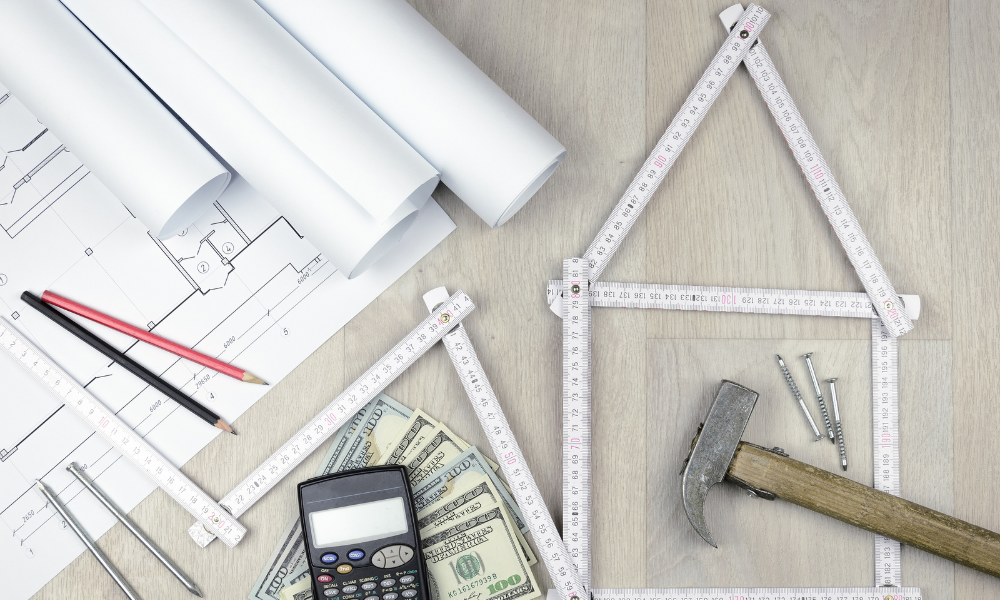The Trump administration’s decision to push back the deadline for enforcing energy standards in FHA loans has been warmly welcomed

Housing associations have welcomed a decision by the Department of Housing and Urban Development (HUD) to delay the compliance deadline for new homes financed by FHA loans to meet international energy standards, a Biden-era measure derided by critics as expensive and unnecessary.
HUD said last week it was pushing that deadline, which would have brought FHA-financed new single-family homes under International Energy Conservation Code (IECC) energy standards, back by six months – and the Community Home Lenders of America (CHLA) said in a statement that it hoped the Trump administration’s decision would mark the beginning of the end for the policy.
The association “had called for elimination of this federal incursion into local construction standards,” said Scott Olson, its executive director, describing it as “a proposal whose main impact would have been to deny FHA loans for many homebuyers of new homes.
“Therefore, CHLA calls on FHA to use this delay to take final action to permanently shelve this proposal.”
Measures faced fierce criticism since introduction
Those new minimum energy standards were first introduced by HUD and the Department of Agriculture (USDA) in April 2024, establishing the IECC’s 2021 code as a benchmark for new single family and low-rise multifamily homes of up to three stories.
HUD and USDA said the code – along with AHSRAE 90.1-2019, which applied to mid- or high-rise multifamily housing – would “increase the affordability of the impacted housing” and bring health benefits and resilience to extreme cold and heat.
But opponents including the National Association of Home Builders (NAHB), which also issued a statement welcoming the delay, said the measure could add significantly to the cost of a home and argue the delay will save thousands in new construction costs.
“[The] announcement by HUD to delay for six months the compliance dates of the 2021 IECC as the minimum energy-efficiency standards for certain single-family and multifamily housing programs is an important step forward to help ease the nation’s housing affordability crisis,” Buddy Hughes, NAHB’s chairman, said.
“Compliance with this rule would make it much harder for homebuilders and multifamily developers to build housing that is available and affordable for American families.”
The association pointed out that the Home Innovation Research Labs had calculated the cost of a new home could spike by more than $20,000 if the rule was implemented – “but in practice, homebuilders have estimated increased costs of up to $31,000.”
Homebuilding costs under the microscope as tariff war begins
The decision arrived amid growing concern that the cost of building a home in the US could be about to skyrocket as the prospect of a punishing trade war with Canada and Mexico looms.
Last week, President Trump announced that he was pushing ahead with 25% tariffs on all Canadian and Mexican imports and a 10% levy on Canadian energy, although he ultimately granted sweeping exemptions that effectively delayed the tariffs until the beginning of April.
CoreLogic said tariffs could result in a jump in construction costs by between 4% and 6% over the next 12 months – a development that would add an extra $17,000 to $22,000 to average home prices and potentially worsen an already gloomy affordability outlook for many Americans.
NAHB, meanwhile, said about $14 billion of construction materials were imported from outside the US in 2024, accounting for around 7% of all goods used in new residential construction, and said softwood lumber and gypsum – which are predominantly sourced from Canada and Mexico respectively – could see prices climb further if tariffs come into play.
That would add pressure to an already beleaguered homebuilding industry, and see the price of constructing a new home rise even higher. “The cost of building materials has already risen by 34% since December 2020, which is far higher than the rate of inflation,” the NAHB said. “Already, NAHB has received anecdotal reports from members that the cost impacts of the building material tariffs on the average price of a new home could range between $7,500 and $10,000.”
Stay updated with the freshest mortgage news. Get exclusive interviews, breaking news, and industry events in your inbox, and always be the first to know by subscribing to our FREE daily newsletter.



